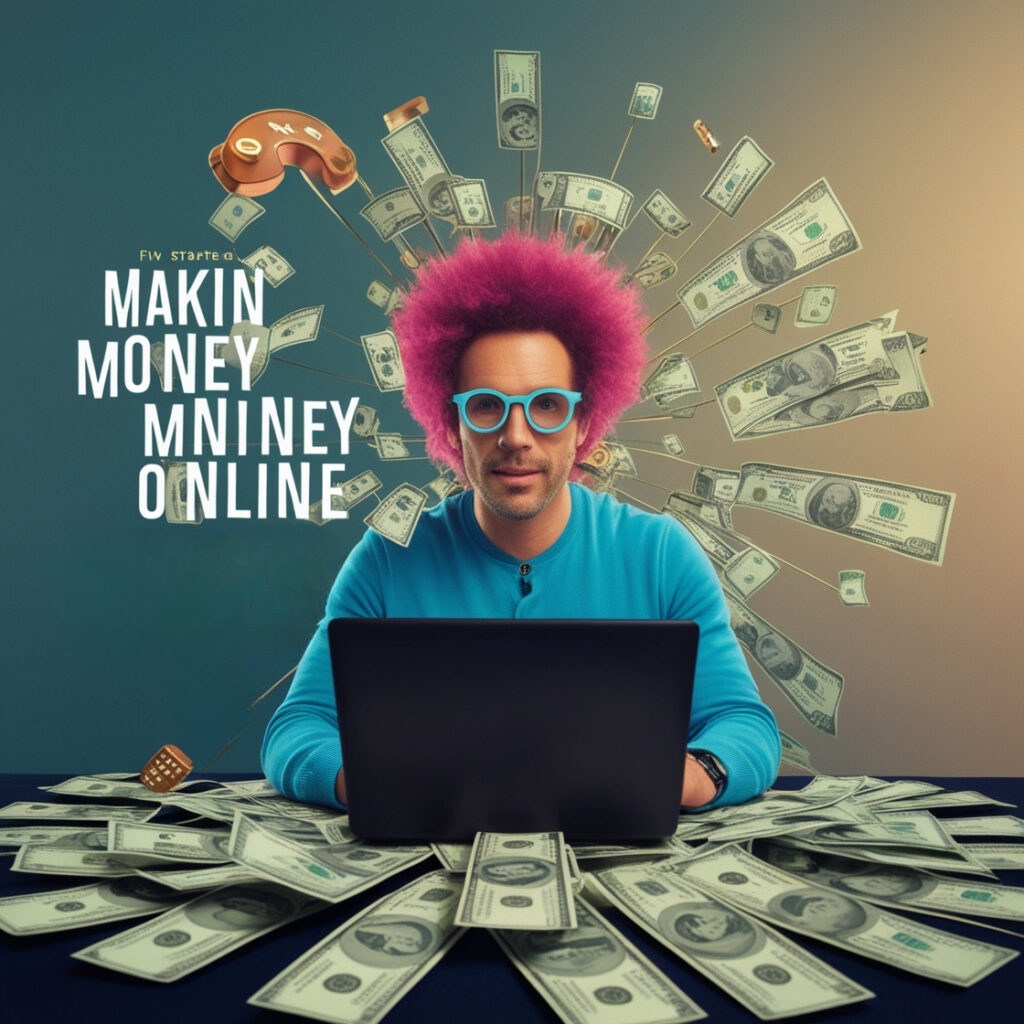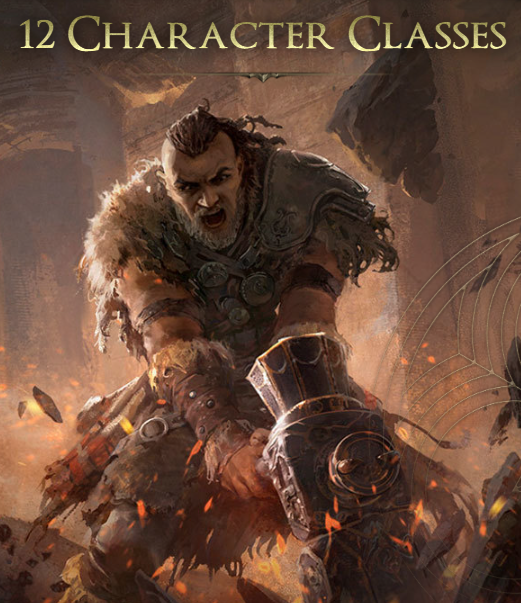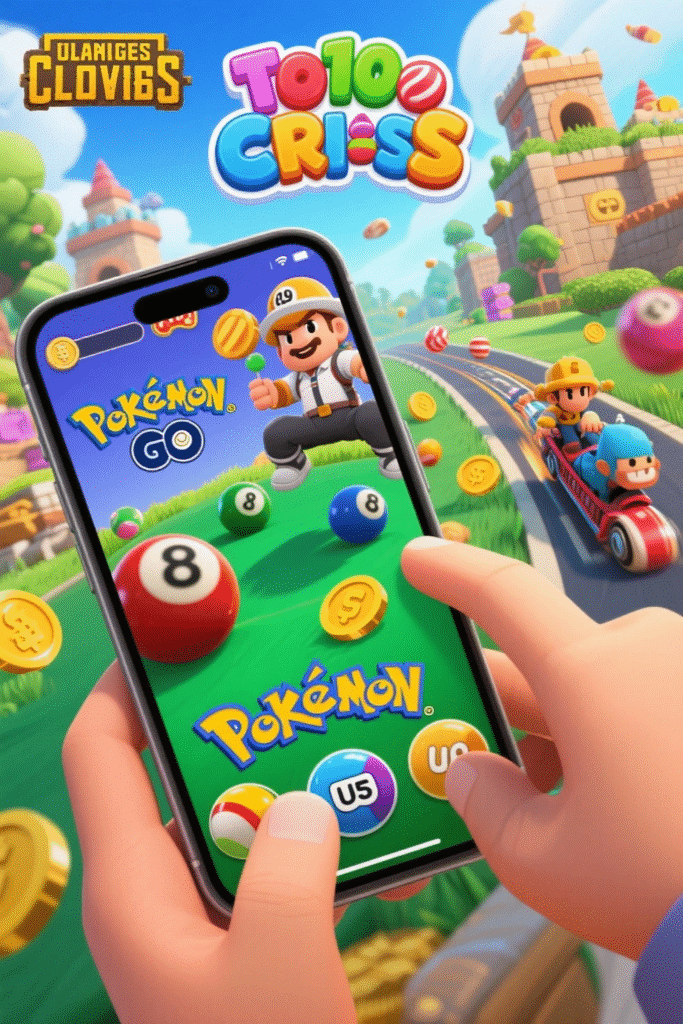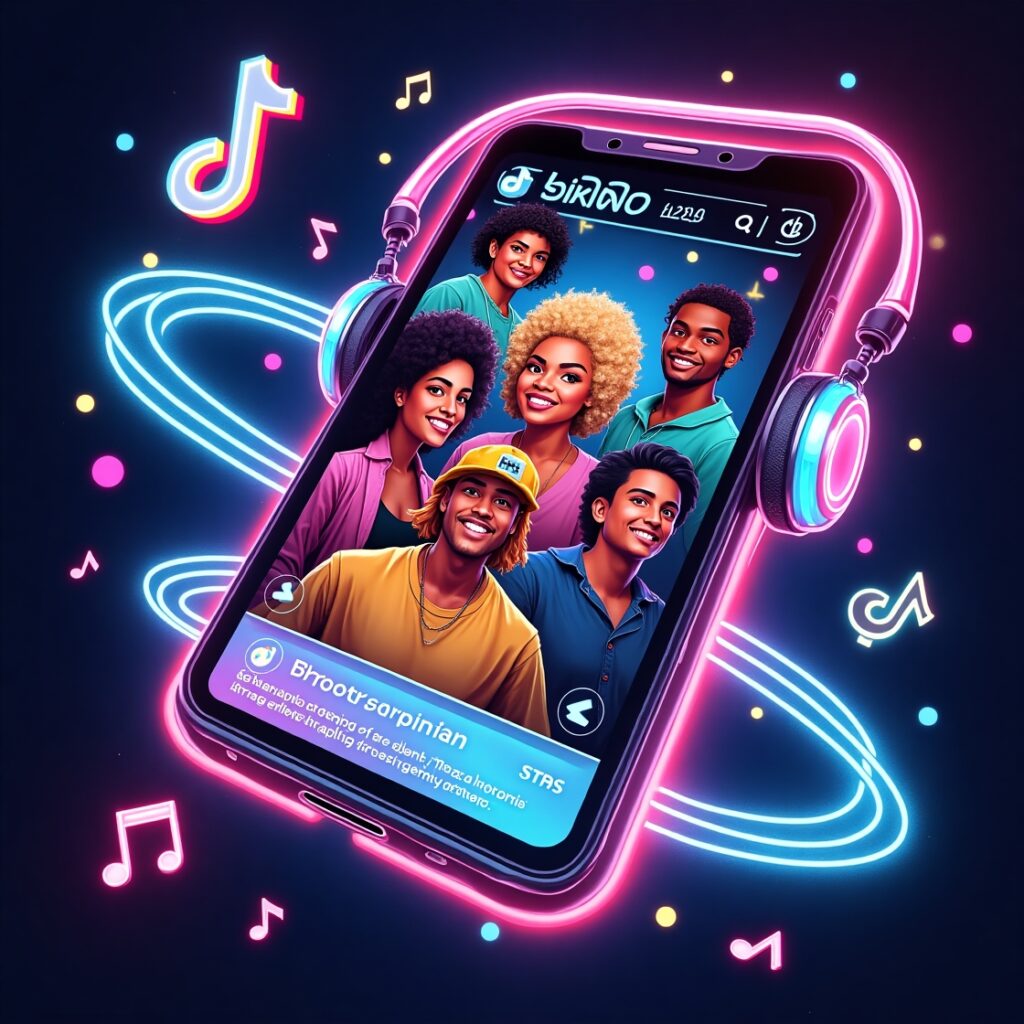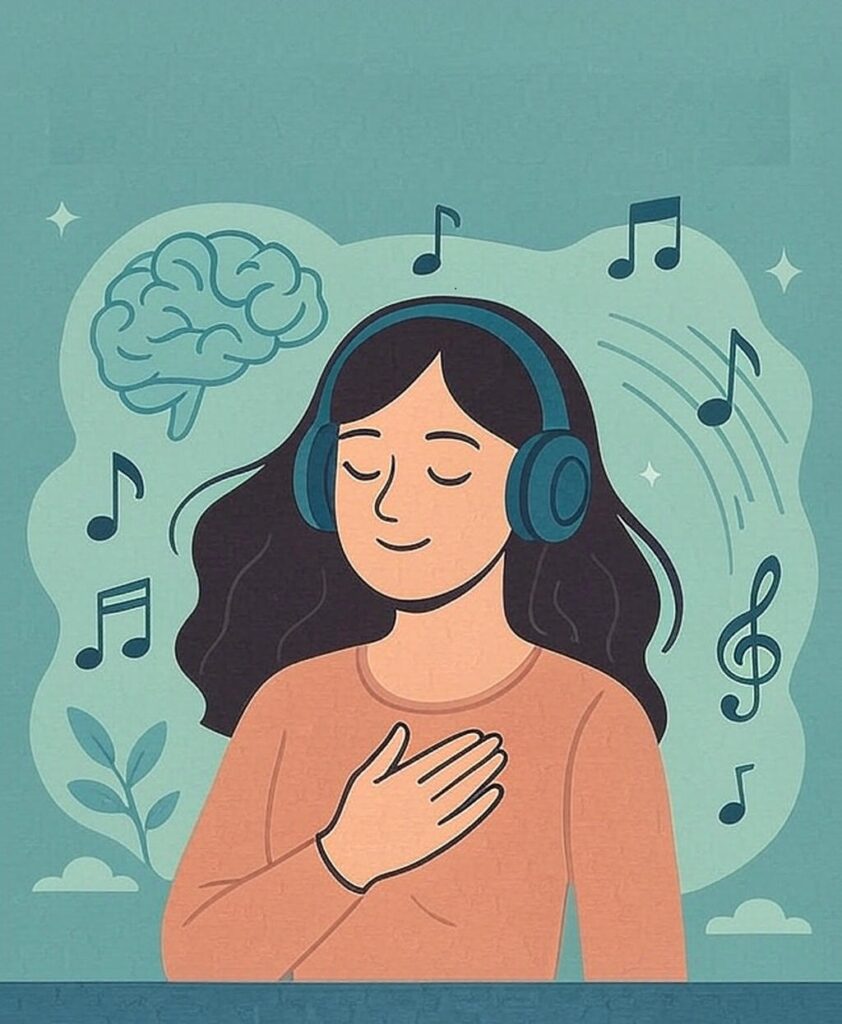
The Rise of the Creator Economy: How Individuals Are Shaping the Future of Work
By Bizbuzzup
The job market in 2025 looks very different from what it was a decade ago. At the heart of this transformation is the creator economy—a digital ecosystem where individuals build careers by monetizing their content, skills, and communities online.
From YouTubers and podcasters to newsletter writers, TikTok influencers, and independent software developers, millions of creators are redefining how work, wealth, and influence operate in the digital age.
The creator economy refers to the class of businesses built by individuals who monetize their knowledge, skills, or personality via digital content, platforms, and audiences.
1. What Is the Creator Economy?
Unlike traditional employment, creators are:
- Independent
- Self-branded
- Digitally native
- Revenue-diverse
In 2025, it’s not just about entertainment anymore. Educators, chefs, gamers, wellness coaches, and even historians are making a living through direct audience relationships.
2. Who Are Today’s Top Creators?
Creators come in many forms, including:
- Video Creators: YouTubers, TikTokers, streamers
- Writers: Substack authors, Medium bloggers, ghostwriters
- Podcasters: Talk show hosts, experts, niche commentators
- Designers/Artists: NFT creators, graphic designers, illustrators
- Coders/Developers: App builders, open-source contributors, tech educators
- Educators/Coaches: Selling digital courses, templates, memberships
Some creators operate solo. Others grow into agencies, digital brands, or even venture-backed startups.
3. How Do Creators Make Money in 2025?
🔁 Multiple Income Streams
Most creators earn through a mix of revenue channels, such as:
- Ad Revenue: YouTube Partner Program, in-video ads
- Sponsorships: Brands pay for product placements, shoutouts, or collaborations
- Affiliate Marketing: Earning commission by promoting third-party products
- Merchandise: Branded physical or digital goods (T-shirts, eBooks, tools)
- Subscriptions: Monthly memberships on Patreon, Ko-fi, or private communities
- Digital Products: Courses, templates, presets, guides
- NFTs & Web3: Selling tokenized art, memberships, or collectibles
- Speaking Gigs & Consulting: Paid workshops, panels, or personal coaching
In 2025, AI tools will also allow creators to scale faster, generating scripts, designs, captions, and analytics reports automatically.
4. Top Platforms Powering the Creator Economy
- 🧵 Substack: Used by newsletter writers and thought leaders. Offers subscriptions and direct monetization.
- 📺 YouTube: Remains the gold standard for long-form video creators. YouTube Shorts rivals TikTok for discoverability.
- 🎙️ Spotify & Apple Podcasts: Creators monetize through ads, tips, and premium content.
- 📱 TikTok & Instagram: Short-form video creators use sponsorships, link-in-bio tools, and shoppable posts.
- 🧠 Notion, Gumroad, Teachable: Platforms for selling digital products, templates, and online courses.
- 🛠️ New Tools in 2025: Beehiiv, Kajabi, Circle, and Podia are rising stars. AI-based tools like Descript, Jasper, Copy.ai, and Midjourney help streamline production.

These optimized titles and meta descriptions capture the seismic shift in today’s workforce, where 50 million+ creators are building independent careers through digital platforms. By blending urgency (“2024”), transformation language (“reshaping work”), and aspirational outcomes (“6-figure businesses”), they speak directly to both aspiring creators and industry observers. The most effective versions combine three key elements: specific statistics for credibility, platform examples (YouTube/Substack) for relevance, and future-focused framing that positions the creator economy as the next evolution of work. Titles like “From Side Hustle to Empire” perform particularly well by telling a complete success story in just five words, while meta descriptions that lead with quantifiable impact (“50 M+ creators”) immediately establish significance. For maximum engagement, the best combinations use: 1) Numbers to validate the trend, 2) Active verbs (“building”/”redefining”), and 3) Niche specifics that help readers self-identify (video creators, writers, coaches). This approach transforms a broad economic shift into personally relevant opportunities, driving both clicks and shares.
5. The Creator Economy vs. Traditional Work
| Feature | Creator Economy | Traditional Employment |
|---|---|---|
| Flexibility | High | Limited |
| Income Stability | Variable | Predictable |
| Control Over Work | Full | Low to Moderate |
| Growth Potential | Unlimited | Often Limited |
| Burnout Risk | Moderate to High | Moderate |
| Benefits (health, etc.) | Self-managed or none | Provided by employer |
In 2025, more than 200 million people identify as creators, with 50 million actively monetizing—according to SmallBizTrends and Detailed.com.
6. Challenges Facing Creators in 2025
- 🧯 Burnout: Constant need to post and perform. Pressure to go viral or stay relevant.
- 📉 Platform Dependency: Algorithms can change overnight. One platform ban or shadow ban can cut income.
- 💼 Business Complexity: Taxes, legal structures, contracts, and bookkeeping must be handled independently.
- 🧑💻 Competition: Millions entering the space increases saturation. Niching down and building a true community is essential.
7. Tips for Thriving in the Creator Economy
- ✅ Build a Niche Audience: Focus on depth over breadth. Serve a specific interest or problem.
- ✅ Own Your Channels: Don’t rely solely on social platforms. Collect emails and build personal websites.
- ✅ Diversify Income Streams: Mix ads, products, services, and memberships.
- ✅ Collaborate: Cross-promotions and co-creation can unlock new audiences.
- ✅ Stay Consistent, But Rest: Plan content. Use automation and hire help when possible.
- ✅ Think Like a Brand: Treat your creator identity like a business. Track metrics, set goals, and evolve your strategy.
Final Thoughts
In 2025, the creator economy isn’t a side hustle—it’s a legitimate path to wealth, influence, and creative freedom. It rewards originality, grit, and connection over credentials and degrees.
Whether you want to entertain, educate, inspire, or sell—there’s room for your voice. The only question is: Are you ready to create your future?
By Bizbuzzup






